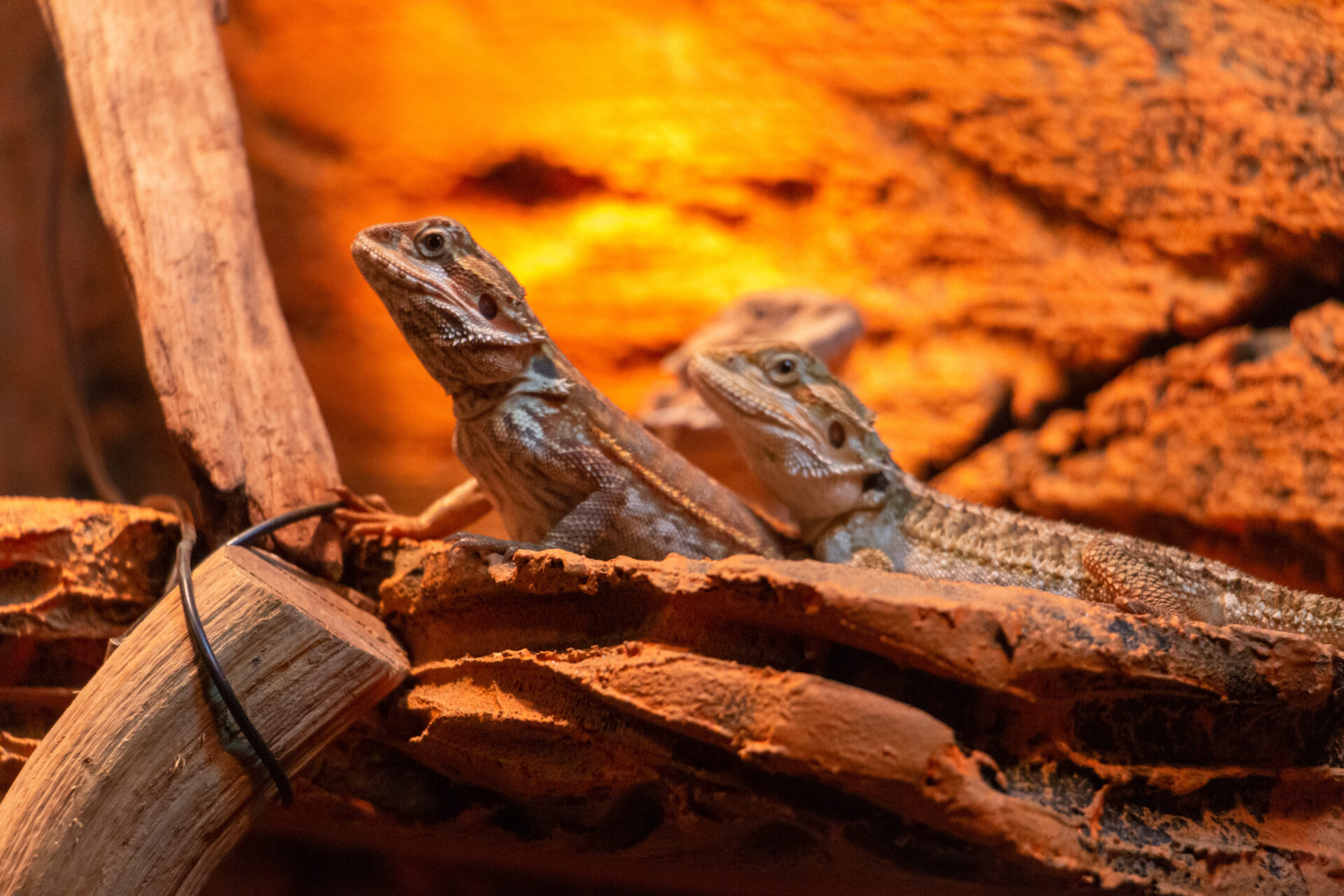One Marshall University professor’s research is pretty unique. She’s examining the eastern diamondback rattlesnake, which isn’t in West Virginia. The…
One Marshall University professor’s research is pretty unique. She’s examining the eastern diamondback rattlesnake, which isn’t in West Virginia. The research will take her to the Marine Corps training base in South Carolina.
Jayme Waldron is an assistant professor of biology and conservation biologist. As a Marshall University undergrad she took part in studies looking at salamanders. That research took her to South Carolina where she gradually looked at reptiles and then rattle snakes.
“Did research for my dissertation at Clemson University and I never stopped, kind of got obsessed with it, but they’re fascinating creatures that are horribly misunderstood,” Waldron said.
“They’re really not that scary, don’t get me wrong you should respect them, but they’re not out to get you, they try to avoid people,” Waldron said.
Waldron’s newest research project will allow her and a team of researchers to continue looking at eastern diamondback rattlesnakes at the Marine Corps Recruit Depot at Parris Island in Beaufort County, South Carolina. There she’ll look at effects of military land use on the rattle snakes. The Marine Corps often changes the base’s landscaping for various training exercises. The Corps wants the research done to try to prevent any encounters with the rattlesnakes while also making sure they’re not threatening the eastern diamondback population.
She said what they’ve found is unique.
“So they wanted to monitor them to make sure there wouldn’t be conflicts. So it started out with mark-recapture surveys and we were like wow they have a good population of diamondbacks. Why aren’t there conflicts?” Waldron said. “There’s never been a bite on the island and there really aren’t any conflicts and as it turns out the rattlesnakes are really good at avoiding people even though there a lot of people. We’re not exactly sure about the details of the mechanism and how they’re so good at avoiding people, we’re trying to figure that out now”
Due to declining numbers and widespread loss of habitat, the species of eastern diamondbacks are under review for possible protection under the Endangered Species Act. So the question is — how does she and her team catch one? The answer is — very carefully.
“The way we catch them is we encourage them to go into this long clear plastic tube and they think it’s a hole and they’re escaping,” Waldron said. “You put them on the ground and you touch them on their tail and sometimes that doesn’t work, it’s an art to get them in the tube sometimes.”
Waldron has been studying the area since 2008, but the most recent $87,800 grant from the U.S. Department of the Army allows her and a team of researchers to continue to track the snakes. For the study Waldron said they’ll conduct mark-recapture surveys and use radio telemetry to monitor free-ranging diamondbacks over a period of two years. They will also monitor the vegetation associated with how the marine uses the land.
Waldron said the eastern diamondback can’t be found in West Virginia, but timber rattlesnakes can be found here.
The eastern diamondback’s habitat is in the southeastern part of the U.S. along the coasts of North Carolina down through Florida and along the Gulf Coast, including on several U.S. Department of Defense Installations.
Waldron said there research will be used in different ways.
“So far we haven’t detected any negative effect to training operations on eastern diamondback rattlesnakes, good right? Check. Now with any changes that might occur to training operations or habitat use, is that going to effect the rattlesnakes? Which they’re a candidate species,” Waldron said. “So the application is all management driven, management of training and management of natural resources.”
Waldron says the results will be used by other military bases on the east coast and along the gulf in how they deal with the snakes and their training practices.
